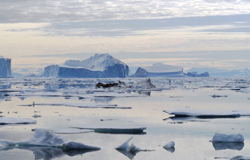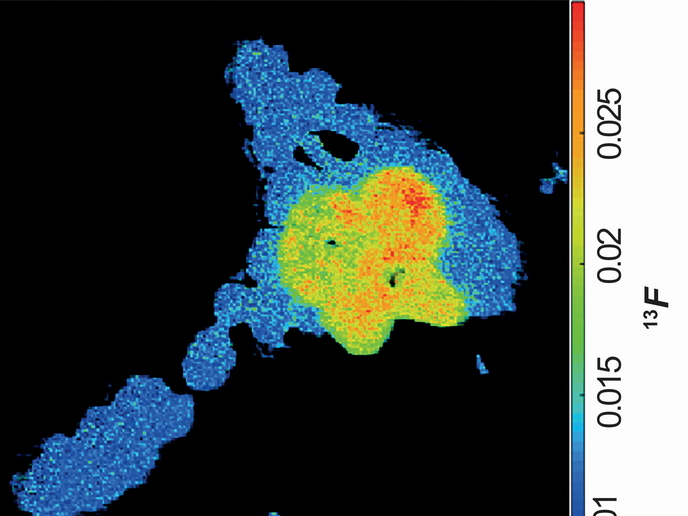Tools for managing spills in the Arctic Ocean
Recent events in Japan have highlighted the fact that no matter how prepared we may be, natural disasters can still cause the release of harmful contaminants into the environment. When this happens, it is imperative that we have the tools we need to help track and manage the impact of such episodes. The 'Generic Model Simulations of spreading of marine pollutants in the Arctic environment during the 21st Century' (GMS application) project focused on the environmentally sensitive region of the Arctic Ocean. The project, which received funding from the EU, brought together modellers and marine scientists from the EU and Newly Independent States. Simulations were performed with the Generic Model System (GMS), which was developed during a previous collaboration. In addition to radioactive contaminants, persistent organic pollutants (POPs) and industrial pollutants such as heavy metals were studied. .Experts were invited to a workshop where information regarding the capabilities of GMS for tracking pollutants following their release into the Arctic region was shared through a number of case studies. The gathering culminated in a new era of cooperation among researchers in countries in the region. These developments are being shared not only with the research community, but also with the general public through a dedicated website. In addition, a book is to be published summarising the simulation results as well as implications for policymakers and other stakeholders with an interest in protecting and preserving the Arctic Ocean.







